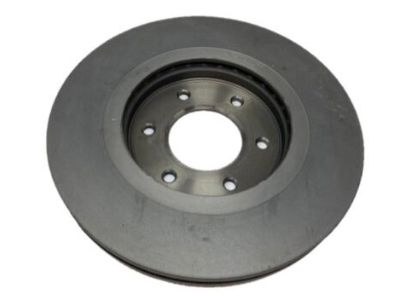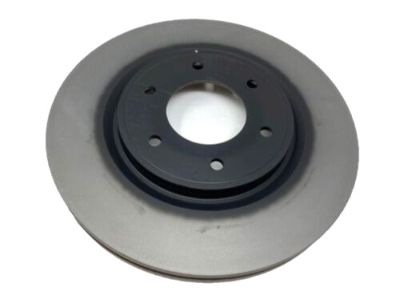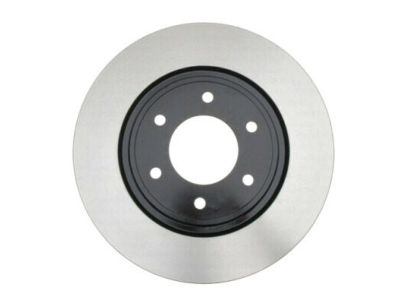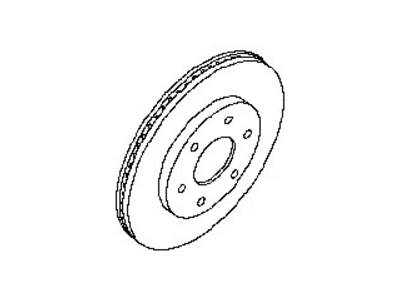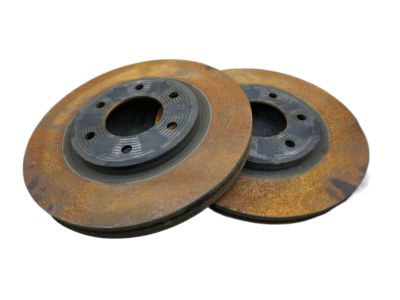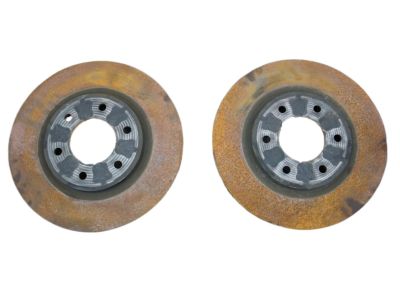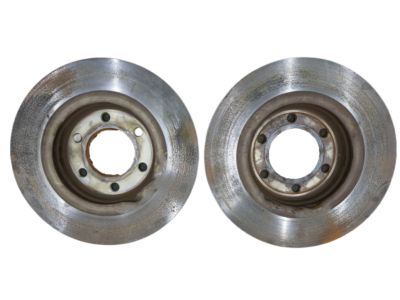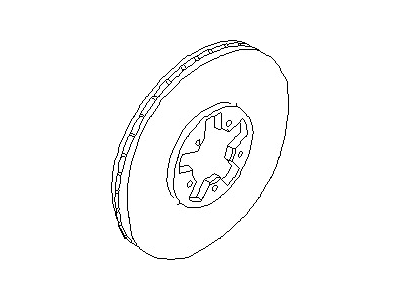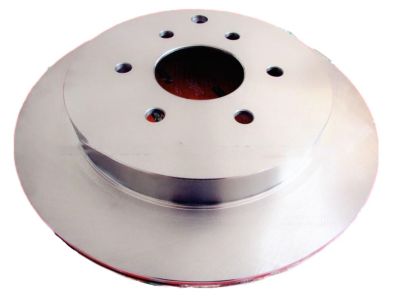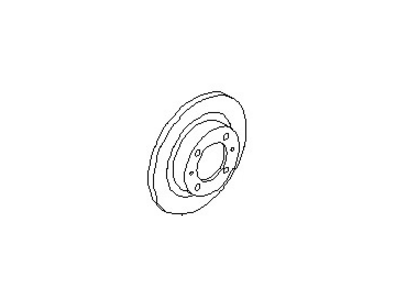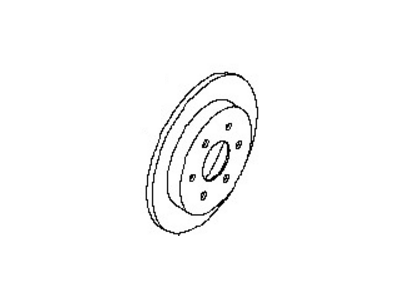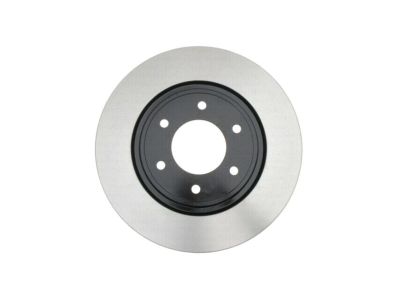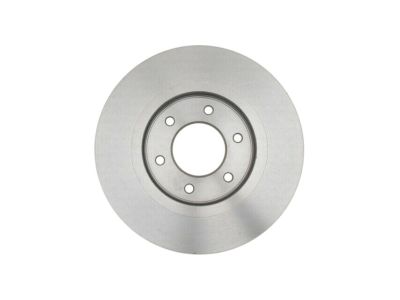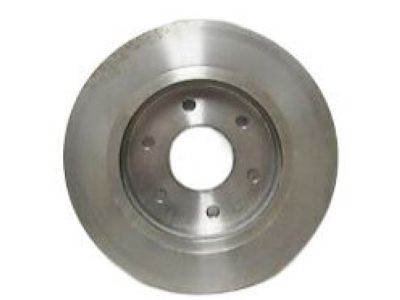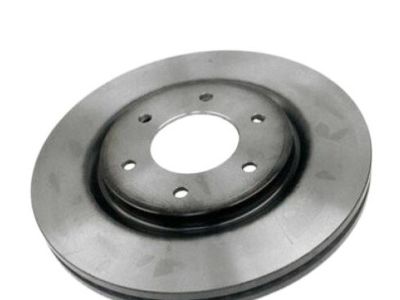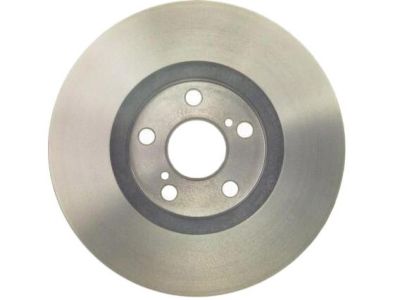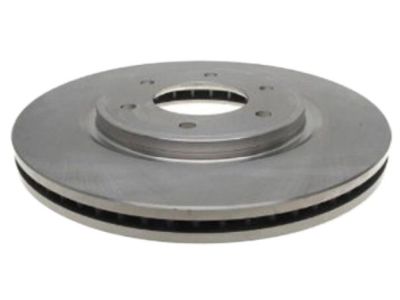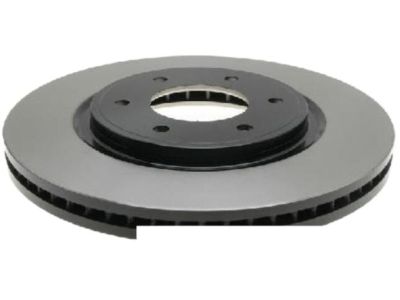×
- Hello
- Login or Register
- Quick Links
- Live Chat
- Track Order
- Parts Availability
- RMA
- Help Center
- Contact Us
- Shop for
- Nissan Parts
- Nissan Accessories

My Garage
My Account
Cart
Genuine Nissan Armada Brake Disc
Disc Rotor- Select Vehicle by Model
- Select Vehicle by VIN
Select Vehicle by Model
orMake
Model
Year
Select Vehicle by VIN
For the most accurate results, select vehicle by your VIN (Vehicle Identification Number).
13 Brake Discs found

Nissan Armada Rotor Disc Brake Front
Part Number: 40206-9FF0C$95.55 MSRP: $138.38You Save: $42.83 (31%)Ships in 1-2 Business Days
Nissan Armada Rotor Disc Brake Front
Part Number: 40206-1LA2B$95.07 MSRP: $137.68You Save: $42.61 (31%)Ships in 1-3 Business Days
Nissan Armada Rotor Brake
Part Number: 43206-1LB0A$92.78 MSRP: $134.38You Save: $41.60 (31%)Ships in 1-3 Business Days
Nissan Armada Rotor-Disc Brake,Rear
Part Number: 43206-7S000$95.55 MSRP: $138.38You Save: $42.83 (31%)Ships in 1-2 Business Days
Nissan Armada Rotor Disc Brake Front
Part Number: 40206-9FF0B$95.55 MSRP: $138.38You Save: $42.83 (31%)Ships in 1-3 Business Days
Nissan Armada Rotor Disc Brake Front
Part Number: 40206-ZC01A$101.99 MSRP: $147.72You Save: $45.73 (31%)Ships in 1-2 Business Days
Nissan Armada Rotor Disc Brake Front
Part Number: 40206-1LA2A$95.07 MSRP: $137.68You Save: $42.61 (31%)Ships in 1-3 Business Days
Nissan Armada Rotor Disc Brake Front
Part Number: 40206-ZR00A$95.55 MSRP: $138.38You Save: $42.83 (31%)Ships in 1-2 Business Days
Nissan Armada Rotor Brake
Part Number: 43206-9FF0C$95.55 MSRP: $138.38You Save: $42.83 (31%)Ships in 1-2 Business DaysNissan Armada Rotor Disc Brake Front
Part Number: 40206-ZC60A$82.86 MSRP: $120.00You Save: $37.14 (31%)Ships in 1-3 Business DaysNissan Armada Rotor-Disc Brake,Rear Axle
Part Number: 43206-9FF0A$95.55 MSRP: $138.38You Save: $42.83 (31%)Ships in 1-3 Business DaysNissan Armada Rotor Disc Brake Front
Part Number: 40206-ZC00A$101.99 MSRP: $147.72You Save: $45.73 (31%)Ships in 1 Business Day
Nissan Armada Brake Disc
If you need any OEM Nissan Armada Brake Disc, feel free to choose them out of our huge selection of genuine Nissan Armada Brake Disc. All our parts are offered at unbeatable prices and are supported by the manufacturer's warranty. In addition, we offer quick shipping to have your parts delivered to your door step in a matter of days.
Nissan Armada Brake Disc Parts Questions & Experts Answers
- Q: How to perform an inspect of the Brake Disc on Nissan Armada?A:Begin by loosening the wheel lug nuts, raising the vehicle, and safely supporting it on jackstands, followed by wheel removal in order to carry out brake system inspection. Check carefully for score marks, cracks or other damage on the disc surface while considering small scratches and shallow grooves as normal wear and tear. Nevertheless, more significant score marks or cracks may require disc replacement or refinishing. Disc runout is measured using a dial indicator where any measurement over 0.003 inch may cause Brake Pedal pulsation and necessitate refinishing or replacement. Ensure that the refinish thickness of the disc is above the minimum specified refinish thickness inscribed on the disc itself. When removing and installing, mark the disc's position relative to the hub before removal, next clean thoroughly both the hub flange and inside of brake disc to remove rust or corrosion before installing disc . In addition to this, when installing front calipers, also install new bolts for caliper mounting bracket and attach brake pads together with caliper later. All mounting bolts should be tightened to their recommended torque values; then after reinstalling wheels with lug nuts being tightened as per specification, lower vehicle and depress pedal so that pads contact with disk. However Brake bleeding will only be required if a brake hose or line had been disconnected from a caliper so please check brake operation carefully before returning vehicle to normal use.
Related Nissan Armada Parts
Browse by Year
2023 Brake Disc 2022 Brake Disc 2021 Brake Disc 2020 Brake Disc 2019 Brake Disc 2018 Brake Disc 2017 Brake Disc 2015 Brake Disc 2014 Brake Disc 2013 Brake Disc 2012 Brake Disc 2011 Brake Disc 2010 Brake Disc 2009 Brake Disc 2008 Brake Disc 2007 Brake Disc 2006 Brake Disc 2005 Brake Disc 2004 Brake Disc
